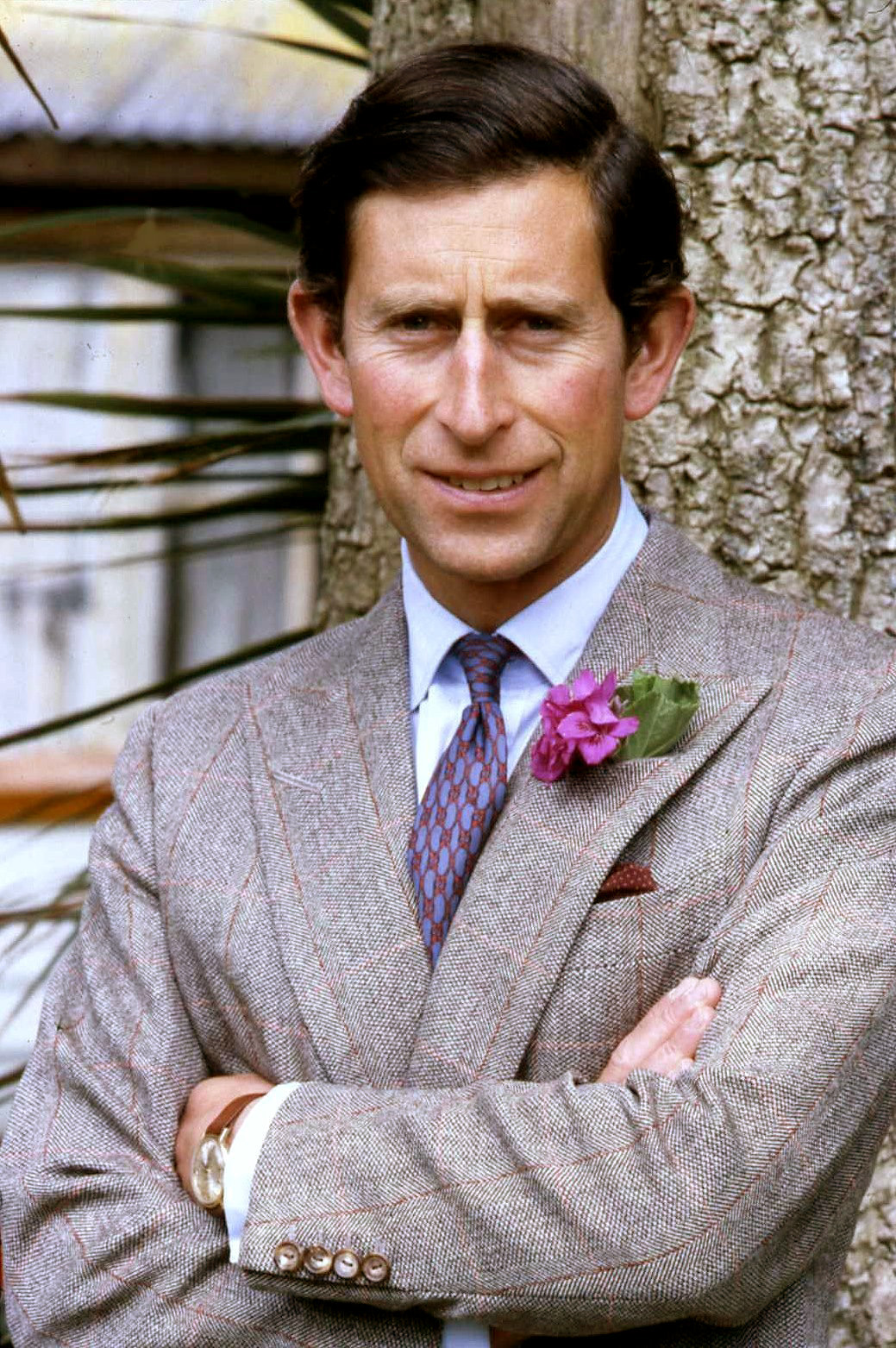The title of Prince of Wales is one of the most recognized and prestigious royal titles in the United Kingdom, synonymous with heritage, leadership, and a rich cultural legacy. As the heir apparent to the British throne, the Prince of Wales holds a unique position that transcends mere title; it embodies a deep connection to the history and traditions of the British monarchy. With a lineage that stretches back centuries, the Prince of Wales has continually been a figure of public interest, inspiring generations with both formal duties and personal endeavors.
Throughout history, the role of the Prince of Wales has evolved, adapting to the changing societal landscape while retaining its core significance. The current Prince of Wales, Charles, has not only taken on traditional responsibilities but has also championed modern issues such as climate change, architecture, and social justice. His commitment to these causes has redefined the expectations of what it means to be a modern royal, creating a bridge between the past and the future.
As we explore the life and impact of the Prince of Wales, we delve into his biography, personal details, and the responsibilities that accompany this esteemed title. This article aims to provide a comprehensive understanding of the significance of the Prince of Wales in contemporary society, as well as the historical context that has shaped the role over the years.
What is the Biography of the Prince of Wales?
The biography of the Prince of Wales is not just a chronology of events but a depiction of a life steeped in royal duty, personal challenges, and public service. Born on November 14, 1948, Charles Philip Arthur George is the eldest son of Queen Elizabeth II and Prince Philip, Duke of Edinburgh. As the first in line to the British throne, Charles was bestowed with the title of Prince of Wales at a young age, officially receiving it during a ceremony at Caernarfon Castle in 1969.
| Personal Details | Bio Data |
|---|---|
| Name | Charles Philip Arthur George |
| Date of Birth | November 14, 1948 |
| Parents | Queen Elizabeth II, Prince Philip |
| Education | Trinity College, Cambridge |
| Title | Prince of Wales |
| Notable Interests | Environmentalism, Architecture, Arts |
| Marriages | Diana Spencer (1981-1996), Camilla Parker Bowles (2005-present) |
What Responsibilities Does the Prince of Wales Hold?
The Prince of Wales carries a myriad of responsibilities that encompass ceremonial duties, charitable work, and advocacy for various causes. As the heir apparent, his role involves representing the Queen at official functions and events, both in the UK and abroad. Additionally, the Prince is involved in numerous charities and organizations, lending his support to initiatives focused on environmental conservation, youth development, and cultural preservation.
How Does the Prince of Wales Engage with the Public?
Public engagement is a significant aspect of the Prince of Wales's duties. Through various outreach programs, he interacts with communities across the UK, aiming to foster a sense of connection and understanding. His initiatives often emphasize the importance of social responsibility, encouraging citizens to partake in community service and activism. The Prince also utilizes modern communication platforms to reach a broader audience, sharing his thoughts on pressing issues and inviting dialogue.
What Are Some Notable Initiatives Led by the Prince of Wales?
- The Prince's Trust: Founded in 1976, this organization supports young people in achieving their potential through mentorship, education, and funding for business ventures.
- Campaign for Architecture: The Prince has been a vocal advocate for sustainable building practices and the preservation of historical architecture.
- Climate Change Advocacy: His commitment to environmental issues is well-documented, with numerous campaigns aimed at raising awareness about climate change and promoting sustainable practices.
- Art and Culture Promotion: The Prince actively supports the arts, encouraging public engagement with culture through various exhibitions and events.
What is the Historical Significance of the Prince of Wales Title?
The title of Prince of Wales carries a profound historical significance that dates back to the 13th century when it was first conferred upon Edward I's son, Edward of Caernarfon. Over the centuries, the title has been synonymous with the heir to the English throne, and it has evolved alongside the monarchy itself. The historical context of the title reflects the political and social dynamics of the times, influencing the responsibilities and expectations placed upon each Prince of Wales.
How Has the Role of the Prince of Wales Changed Over Time?
As society has transformed, so too has the role of the Prince of Wales. Historically viewed as a purely ceremonial title, the modern Prince of Wales engages with contemporary issues that resonate with the public. This shift reflects a broader trend within the monarchy, where traditional roles are being redefined to align with modern values and expectations. The Prince of Wales's active involvement in social and environmental initiatives marks a departure from the past, showcasing a commitment to addressing challenges faced by society today.
What Does the Future Hold for the Prince of Wales?
The future of the Prince of Wales remains a topic of great interest, particularly as the monarchy continues to navigate the complexities of modern governance and public perception. With Charles now assuming a more prominent role, the evolution of the title and its responsibilities will likely reflect ongoing changes in societal norms and values. As the Prince of Wales, he is tasked with balancing tradition with innovation, ensuring that the monarchy remains relevant and engaged with the issues of the day.
In conclusion, the Prince of Wales embodies a unique blend of historical significance and modern relevance. As the heir to the British throne, this title carries with it a legacy of responsibility, public service, and advocacy. Through his diverse engagements and initiatives, the Prince of Wales continues to shape the narrative of royalty in contemporary society, leaving an indelible mark on both the monarchy and the world at large.




